We have essentially finished the project and continued our work into new ventures and projects.
Improving the health of future generations: The Interdisciplinary Strategic Project High North Population Studies (High NoPos) at The Arctic University of Norway.
High NoPos` six designated research areas – Technology, Lifestyle and Health, Social Inequality in Health, Youth Health, Pollutants and Data Sources for Research – intends to provide scientific knowledge about the populations health and living conditions in the High North. We aim to support knowledge-based health policy decision-making to improve the quality of health planning and healthcare in the High North.

The persons responsible: Inger Njølstad and Ann Ragnhild Broderstad
Main activities: There has been conducted several epidemiological surveys of the populations health and living conditions in the High North in the past 40 years. We intend to make these existing data more accessible for research purposes, so that researchers and others have several data sources available to them. Master students, PHDs, postdoc and other researchers may benefit from the use of existing data in their research of the High North.
The persons responsible: Lars Ailo Bongo and Alexander Horsch
Main activities: The research area designated Technology combines research in computer science, software and prototype development. We are developing prototypes, tools and methods for data collection, data feedback and data acquisition to facilitate data analysis and research. This is our contribution in the development of next generation population studies, in collaboration with the other research areas.
The four work packages in the technology research area are Data collection preserving privacy and security, Self-Reported data and motivation, Nudging for lifestyle change, and Integrated data analysis and bioinformatics.
The persons responsible: Sameline Grimsgaard and Bente Morseth
Main activities: Physical activity and other lifestyle factors play an important role for public health and the health of each individual. Data from population studies provide a unique foundation for research on nutrition and physical activity. This initiative will utilize novel digital tools for data collection, identify research areas that should be intensified and test various measures for health prevention.
The persons responsible: Hilde Leikny Sommerseth and Marcus Buck
Main activities: The interdisciplinary research group Social Inequality in Health aims to study the full spectrum of potential long-term risk factors and complicated interactions leading to health inequalities. This is made possible by putting together long-term data spanning over multiple generations. We obtain data from the Historical Population Register (HPR), from the Tromsø survey on the population of Tromsø for the period 1974 to today, from the Gator register of Norwegian municipalities for the period 1945 to the present, and from the Central Population Register with key information about everyone who is or has been resident in Norway.
The persons responsible: Anne-Sofie Furberg and Guri Grimnes
Main activities: We are researching youth health, and analyse social network data, life cycle data and linking to biomarkers. Our research is based on data from the Fit Future study of lifestyle, health, education and vocational training from youth to adult in Norway. Furthermore, in the spring of 2021 we intend to collect genetic and epigenetic data in addition to environmental toxins, microbiome, metabolites and protein panels. This third and final data collection of the Fit Futures study is done in collaboration with The University Hospital of North Norway.
The persons responsible: Maria Averina and Sandra Huber
Main activities: The Environmental Pollutant group intends to study human exposure to environmental pollutants, food intake and lifestyle as an integrated holistic approach with special focus on the Northern regions and in close collaboration with the other research areas and relevant collaboration partners. Our Laboratory for Analysis of Environmental Pollutants is a unique tool for screening and biomonitoring of and for conducting effect studies on exposure to environmental pollutants. High through-put methods for analysis are necessary in order to serve projects with high number of samples based on population studies as for example The Tromsø Study, Saminor and Fit Futures.
The interdisciplinary High NoPos-project is an interfaculty collaboration across five faculties: Faculty of Health Sciences, Faculty of Science and Technology, Faculty of Humanities, Social Sciences and Education, Faculty of Biosciences, Fisheries and Economics and The Arctic University Museum of Norway and Academy of Fine Arts.
The host faculty is Faculty of Health Sciences. The host department is Department of Community Medicine.
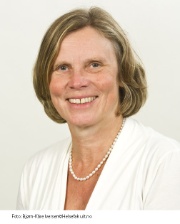
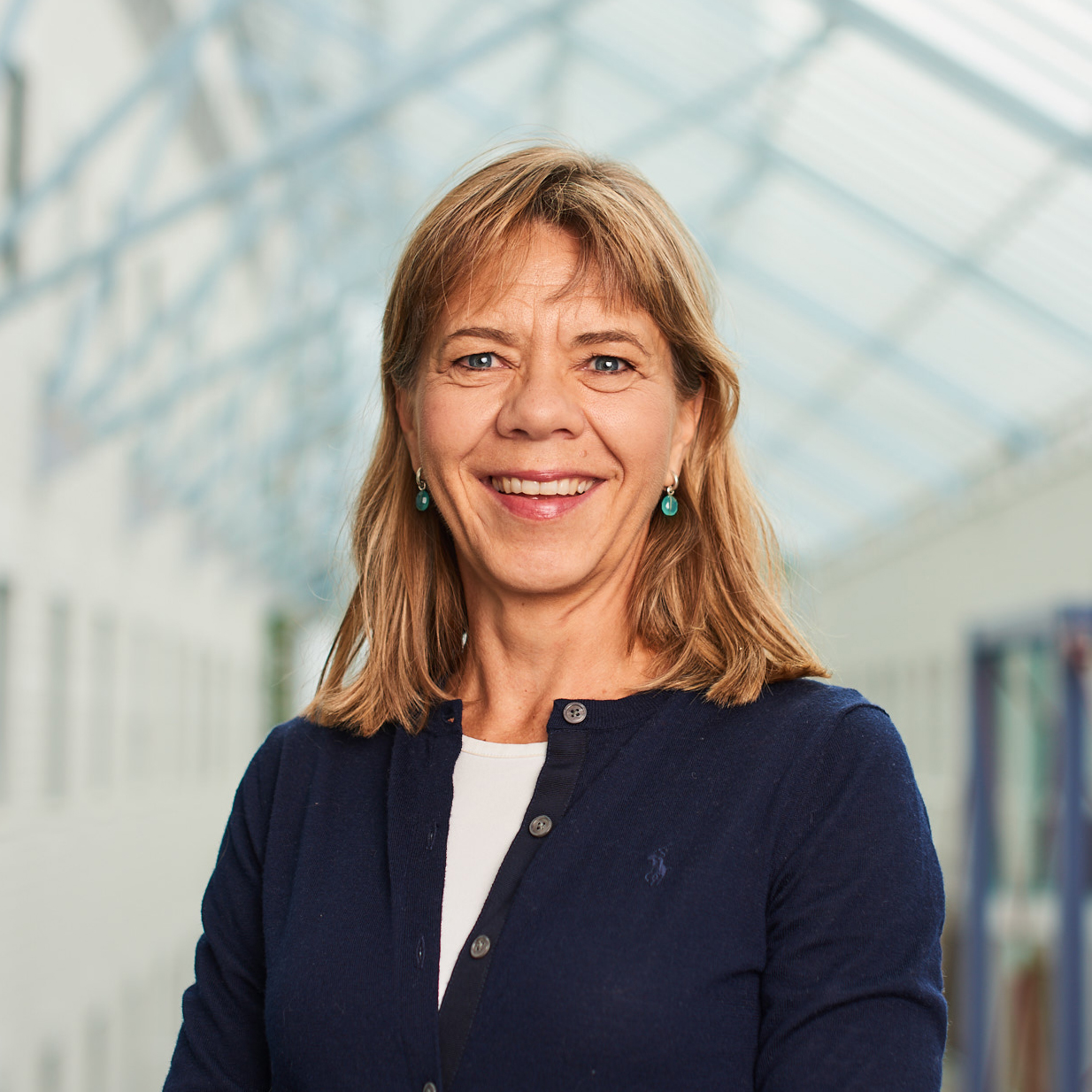
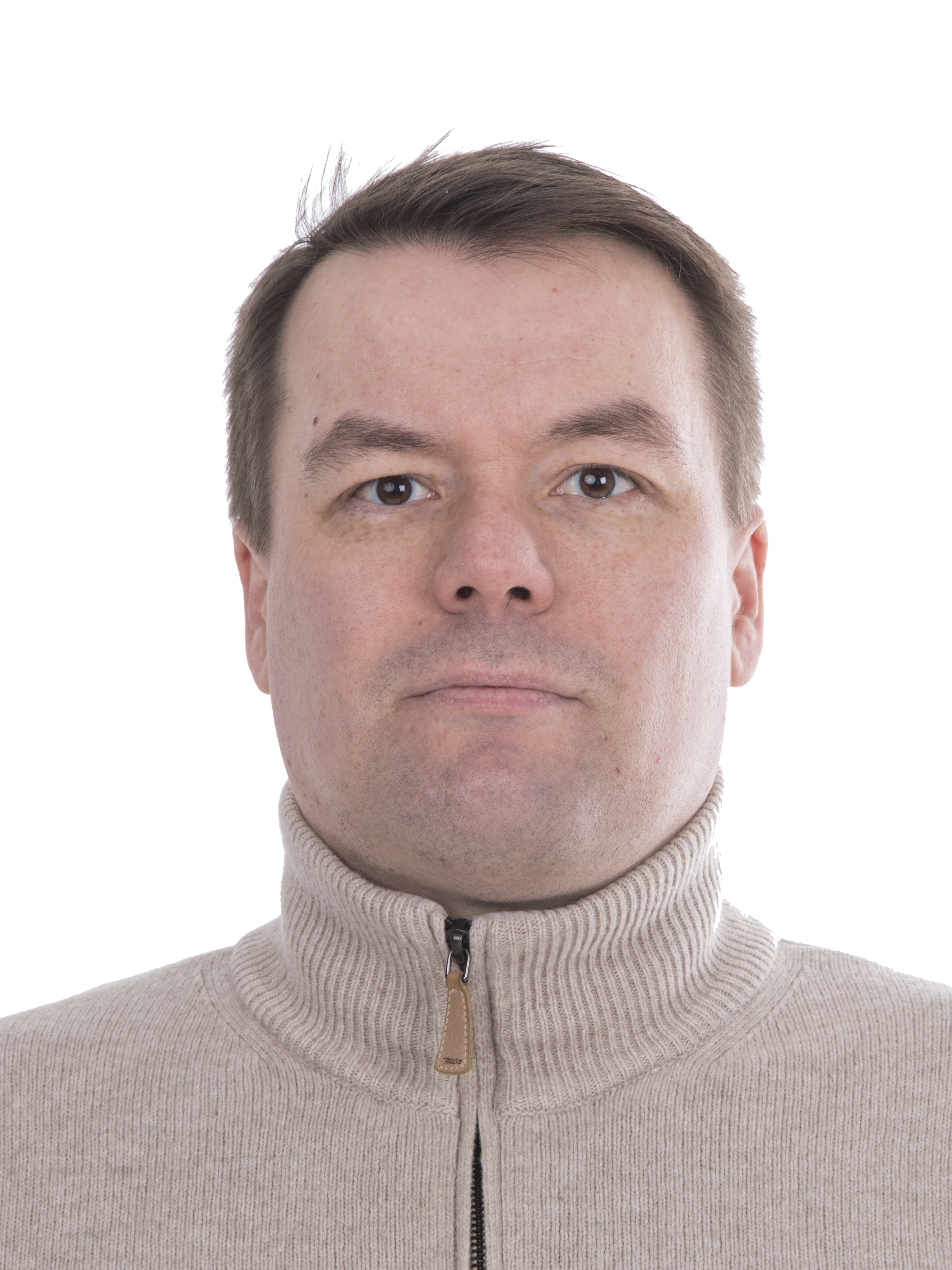
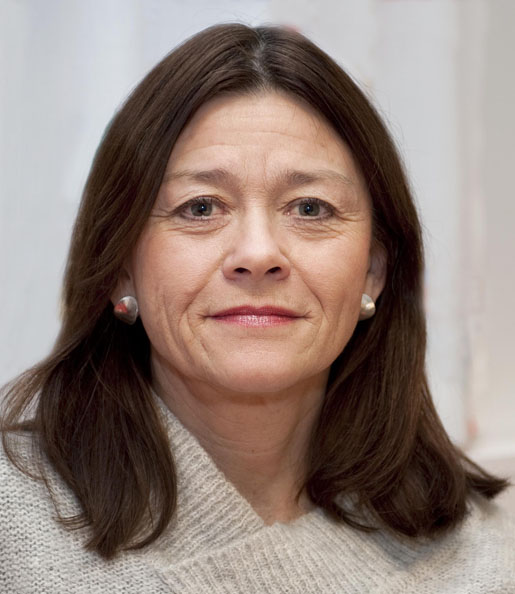
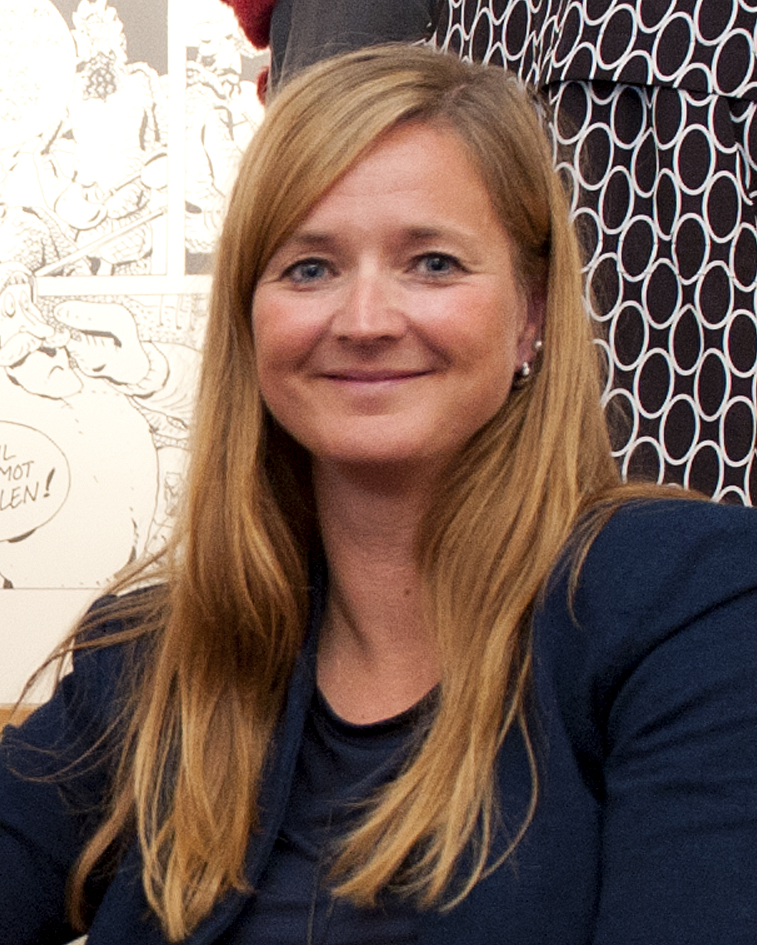
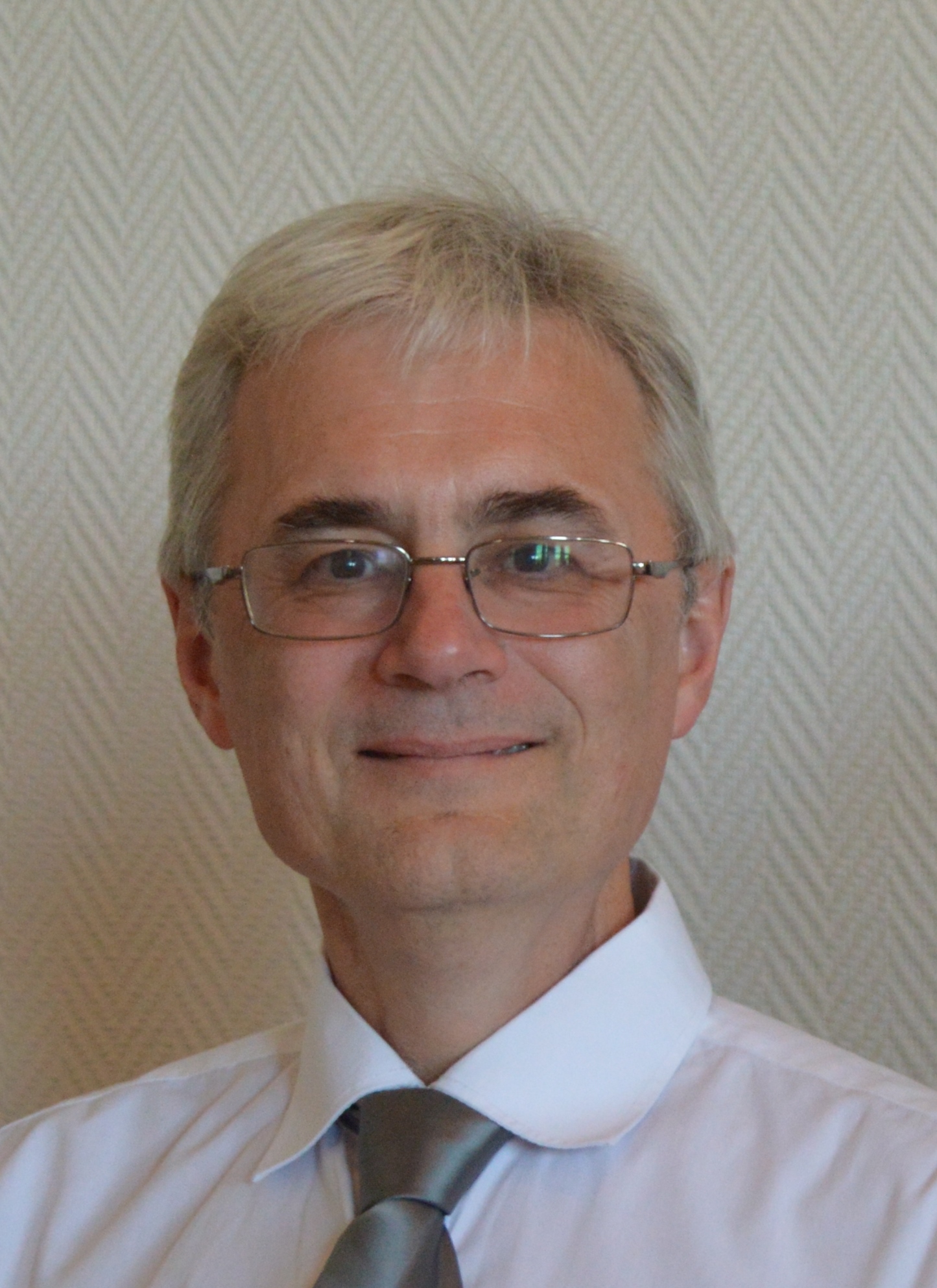
- By Hilde L. Sommerseth
This fall, the High North Population Studies (HiNoPoS) was delighted to finally greet 10 PhD students to a four-day PhD course in Social Inequality in Health held at Tromsø campus from October 20th to 23rd 2020.
In collaboration with Marcus Buck (ISV) and Mikko Moilanen (School of Business and Economics), the planning and organization of the course was led by Hilde Sommerseth (AHK/NHDC), who is the project leader in one of the HiNoPoS’s strategic initiatives Social Inequality in Health.
The last 250 years have manifested an increased life expectancy in large parts of the world's population. Research over the past two decades demonstrates a broad consensus that this increase has a social disadvantage, where people with short education and low incomes have poorer health and die earlier than people with long education and high incomes. Despite considerable knowledge, today's public health remains socially skewed. We believe that an increased awareness of the complexity of human behavior over time and place will provide new insight to fill the knowledge gap we are currently observing, and by doing so, recognize that different disciplines in collaboration can move current theoretical and conceptual understanding of health inequality to new heights.
One of the overarching aims of HiNoPoS is to stimulate interdisciplinary collaboration across faculties, and the focal point for this course was to engage the students in a consciousness-raising regarding the conceptual understanding of the terms 'social', 'inequality' and 'health', and that these concepts varies between different academic disciplines!
The Social Inequality in Health initiative have four PhD students enrolled in the project, and coming from different disciplines themselves, they are committed to write their thesis in a close collaboration with each other. During the initial phase of the course planning they were asked to provide a wish-list of who they wanted to have as a guest lecturer during the course, and based on these recommendations we ended up with three names, who all agreed on the terms of a four day interdisciplinary challenge. I will introduce them in a moment but let me first say a few words about how we organized the course.
There are several ways to create optimal learning environments, but I believe the following two steps are crucial for success; differentiation and inclusion. The first step takes on the idea that our brain needs to be stimulated in different ways during a long course day. We therefore planned a schedule consisting of lecturers, group work, and plenary sessions. Each of the three invited lecturers were assigned one day each, with a “simple” task to prepare a morning- and an afternoon lecture, syllabus, and 1-2 questions for two group work sessions. Following each lecture, the students worked in interdisciplinary groups for about one hour where they had to discuss and prepare answers on the questions given from the lecture. Subsequently we all met in the classroom for a plenary session with the lecturer. Optimal learning also requires an environment where people feel included, where it is okay to ask questions and test thoughts and ideas. To get a sense of belonging, we nudged the social nerve by bringing the participants together in organized informal settings. Collective lunch hours with served food, and morning- and late afternoon tea/coffee breaks including some snacks, was included in the program. Based on the evaluation I think it was a valuable investment.
The first course day was devoted to an introduction of basic concepts, where Marcus Buck (ISV) gave a 45 minute lecture about Social Inequality in Health from the perspective of Social Science, followed up by a similar introduction from the perspectives of Economics, presented by Mikko Moilanen from School of Business. The third introduction was given by me, from the perspective of History.
Due to Covid-19 restrictions, the next three days of lecturers were given digitally in the classroom, with the students physically present. Day two was organised by Maarten Lindeboom, professor and head of the department of Economics at VU University of Amsterdam. Lindeboom research interests are related to the effect of early life conditions, i.e. human capital formation, on later life health outcomes, and the day was devoted to methodological challenges we as researchers are faced with when trying to detect causal effects using observational data; an understanding of the theoretical mechanisms that may underlie empirical findings, and lastly, to understand the implications of results for social policy making.
Day three was organized by David Leon, professor of epidemiology at the London School of Hygiene & Tropical Medicine. He also holds a position as an adjunct professor at our university. His theme for the day was Learning from the Russian mortality crisis: how do societal level factors impact on individual mortality risk? Besides describing the key features of Russian mortality since the mid-1980s, Leon introduced evidence to suggest that alcohol may play a key role in explaining the fluctuations in mortality.
The last day was organized by Clare Bambra, professor of public health at the Population Health Science Institute at the Newcastle University. She is an interdisciplinary social scientist working at the interface of public health, health politics & policy, health geography and social epidemiology, and her mixed methods research focuses on understanding and reducing health inequalities. Her first lecture explored the historical and contemporary nature of geographical inequalities in health – how they have evolved over time, what they are like today, and what explains the relationship between health and space. The afternoon lecture examined the geographical inequality in Covid-19 in detail and contextualized the differences within the wider literature on health inequalities.
Personally, I enjoyed walking in the hallway during the group work sessions, secretly listening to the discussions. Daily I was impressed by how the students collaborated, how they presented their thoughts, questions and arguments, and how they interweaved ideas from different lecturers into a formation of new knowledge, in the spirit of interdisciplinary collaboration!
I want to express my thanks for the administrative support provided by AHK and HSL. Technical and practical support during the course days was handled by Bjørn-Richard Pedersen, who is employed in the project as an engineer. In two years, we aim to repeat the success, and by that time we challenge our university to think of this course as an interdisciplinary course not only in sense of content, but also in the sense of administration.
